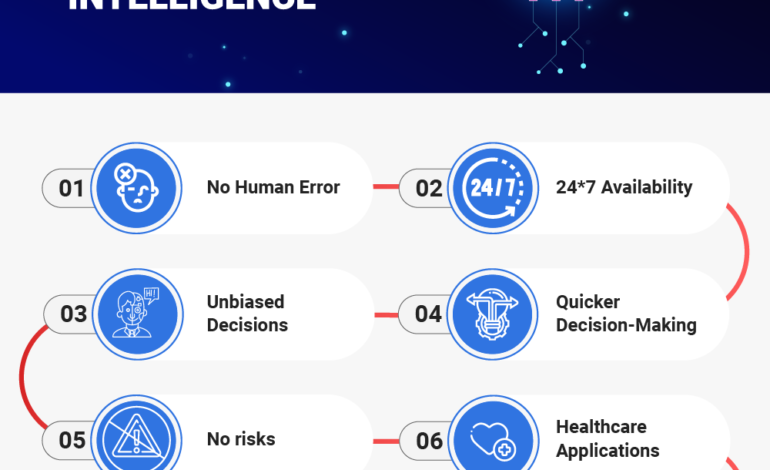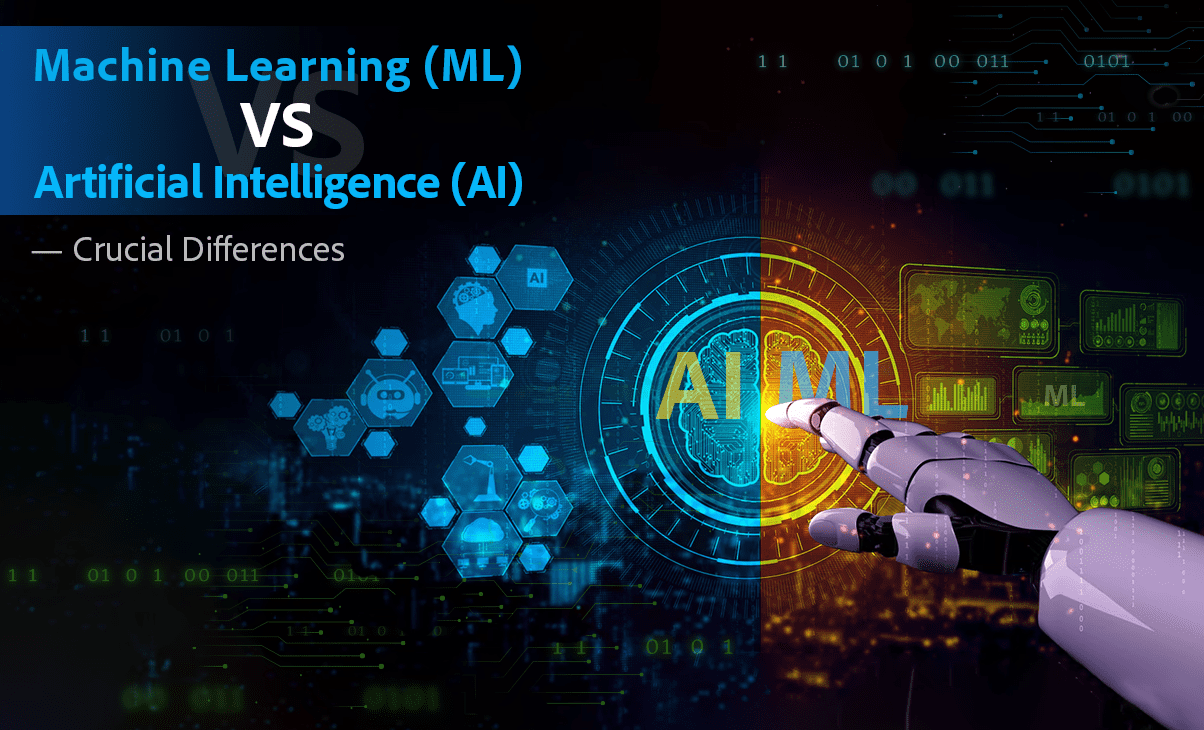AI & Machine Learning: Why They Matter Now

The Rise of AI and Machine Learning: Understanding its Growing Importance
Artificial Intelligence (AI) and Machine Learning (ML) – you hear these terms everywhere now. They’re buzzwords, yes, but they represent a truly transformative shift in how we live and work. But what do they *actually* mean? And why is everyone so excited about them?
Demystifying AI: What Is Artificial Intelligence?
Let’s start with the basics. Artificial Intelligence, at its core, aims to create machines that can perform tasks that typically require human intelligence. Think of things like learning, problem-solving, decision making, and understanding natural language. It’s a broad field encompassing many different approaches.
Historically, AI research started with attempts to explicitly program computers with rules – “if this, then that” scenarios. While these early rule-based systems had some successes (like playing chess), they were limited in their ability to adapt to new situations or handle complex problems. They lacked the *intelligence* we associate with humans.
Modern AI is far more sophisticated and leverages techniques like machine learning, deep learning, natural language processing, and computer vision – all of which we’ll dive into shortly.
Machine Learning: The Engine Driving Modern AI
Now, let’s move on to Machine Learning. Machine Learning is a *subset* of AI. It’s the technique that currently powers most of the exciting advancements you hear about. Instead of explicitly programming rules, ML algorithms are designed to learn from data.

Imagine trying to teach someone how to identify a cat. You could try listing every possible characteristic: pointy ears, whiskers, four legs, etc. But what about a Persian cat with folded ears? Or a hairless Sphynx? A machine learning algorithm can look at thousands of images of cats and learn to recognize patterns – features that *define* a cat, without being explicitly told them.
There are several different types of Machine Learning:
- Supervised Learning: The algorithm is trained on labeled data. For example, showing it images of cats and dogs, each labeled as “cat” or “dog.” It learns to predict the label for new, unseen images. This is used a lot in classification problems.
- Unsupervised Learning: The algorithm is given unlabeled data and must find patterns on its own. Think of grouping customers based on their purchasing behavior without knowing anything about them beforehand – this is useful for market segmentation.
- Reinforcement Learning: This technique trains an agent to make decisions in an environment to maximize a reward. It’s like teaching a dog tricks using treats – the “reward” encourages certain behaviors. This is commonly used in robotics and game playing (think AlphaGo).
Deep Learning: Taking Machine Learning Even Deeper
Deep Learning is, again, a subset of machine learning – but it’s particularly powerful. It uses artificial neural networks with many layers (“deep” refers to the number of layers) to analyze data. These networks are inspired by the structure and function of the human brain.
Each layer in a deep neural network learns to extract different features from the data. For example, in image recognition, one layer might learn to detect edges, another might learn to recognize shapes, and another might learn to identify objects. The combination of these layers allows for incredibly accurate predictions.
Deep Learning is behind many recent breakthroughs in areas like:
- Image Recognition: Identifying faces in photos, classifying medical images
- Natural Language Processing (NLP): Understanding and generating human language – powering chatbots and translation services.
- Speech Recognition: Converting speech to text – used extensively in virtual assistants like Siri and Alexa.
The Growing Importance of AI & ML Across Industries
So, why is all this so important? Because AI and ML are transforming industries across the board:
- Healthcare: Diagnosing diseases earlier and more accurately, personalizing treatment plans, developing new drugs.
- Finance: Detecting fraud, assessing risk, automating trading decisions.
- Retail: Personalizing recommendations, optimizing inventory management, improving customer service with chatbots.
- Manufacturing: Predicting equipment failures, optimizing production processes, controlling quality.
- Transportation: Self-driving cars, optimizing delivery routes, managing traffic flow.
The potential benefits are enormous – increased efficiency, reduced costs, improved accuracy, and the creation of entirely new products and services.
Challenges and Considerations
Of course, the rise of AI and ML isn’t without challenges:
- Data Requirements: Machine learning algorithms require vast amounts of data to train effectively.
- Bias in Data: If the training data is biased, the algorithm will likely perpetuate those biases. This can lead to unfair or discriminatory outcomes.
- Explainability: Some deep learning models are “black boxes” – it’s difficult to understand *why* they make a particular decision. This lack of transparency can be problematic in sensitive applications like healthcare and criminal justice.
- Ethical Concerns: The potential for job displacement, the misuse of AI for malicious purposes (like deepfakes), and concerns about privacy are all important considerations.
Looking Ahead
Despite these challenges, the future looks bright for AI and ML. We’re only just beginning to scratch the surface of what’s possible. As algorithms become more sophisticated and data becomes more readily available, we can expect even more transformative changes in the years to come.
The key takeaway is this: understanding the fundamentals of AI and Machine Learning isn’t just for computer scientists anymore – it’s becoming increasingly important for everyone, regardless of their field. Staying informed about these technologies will be crucial for navigating the future landscape of work and society.



